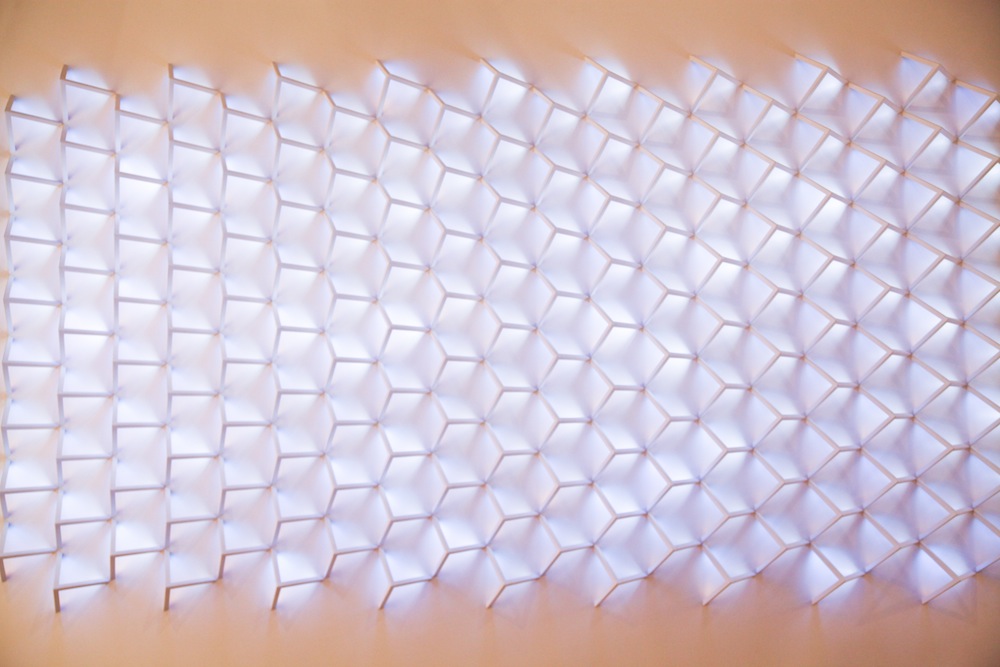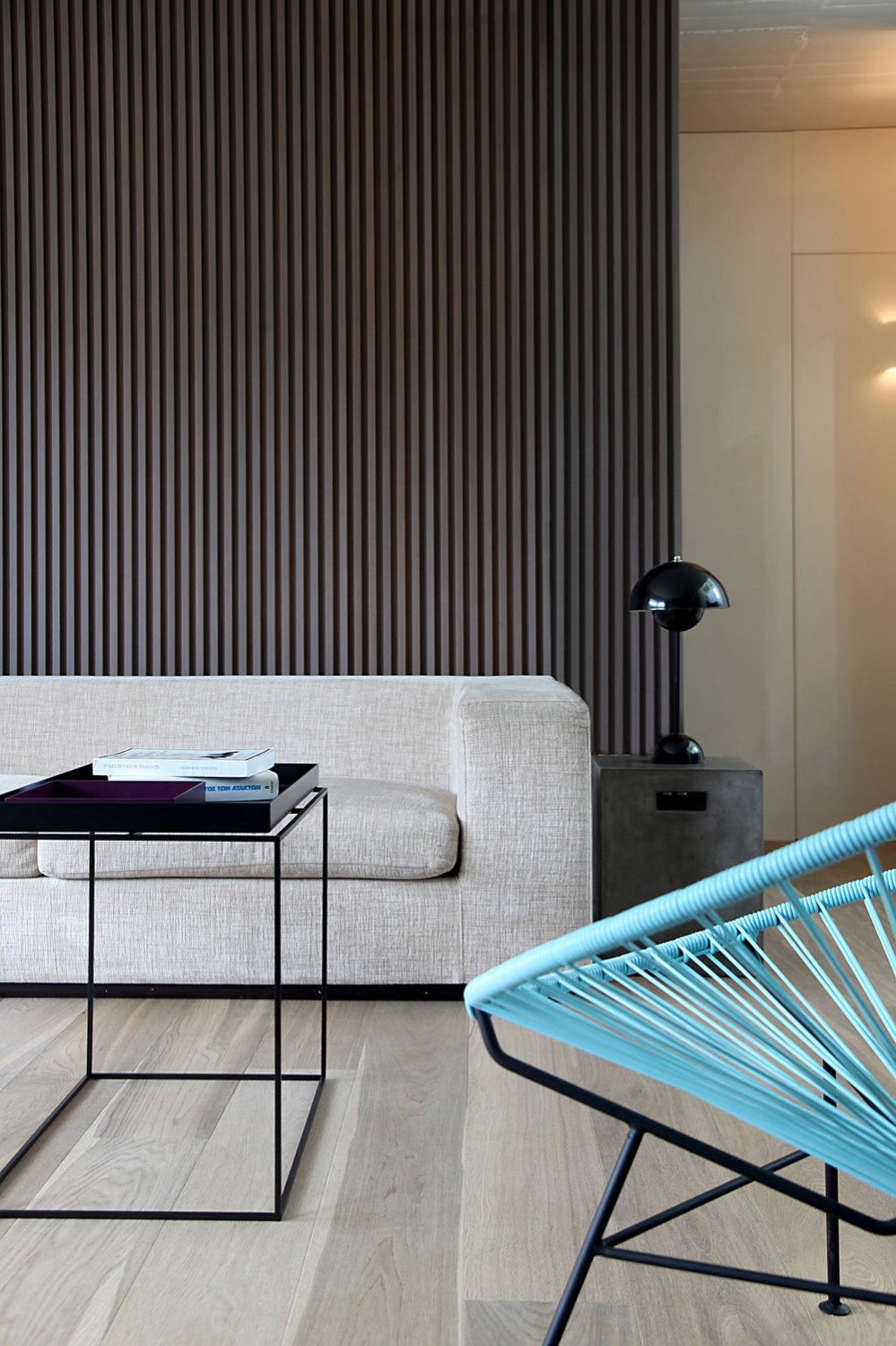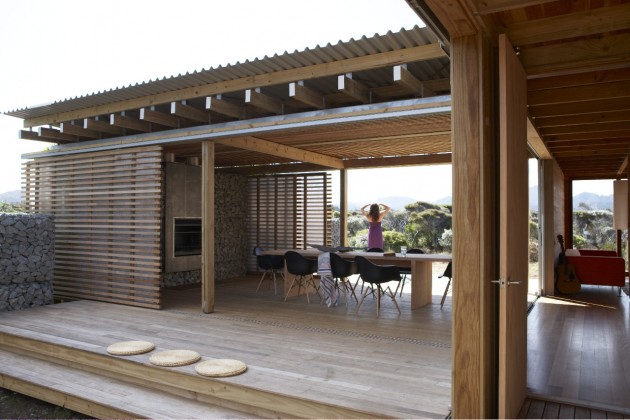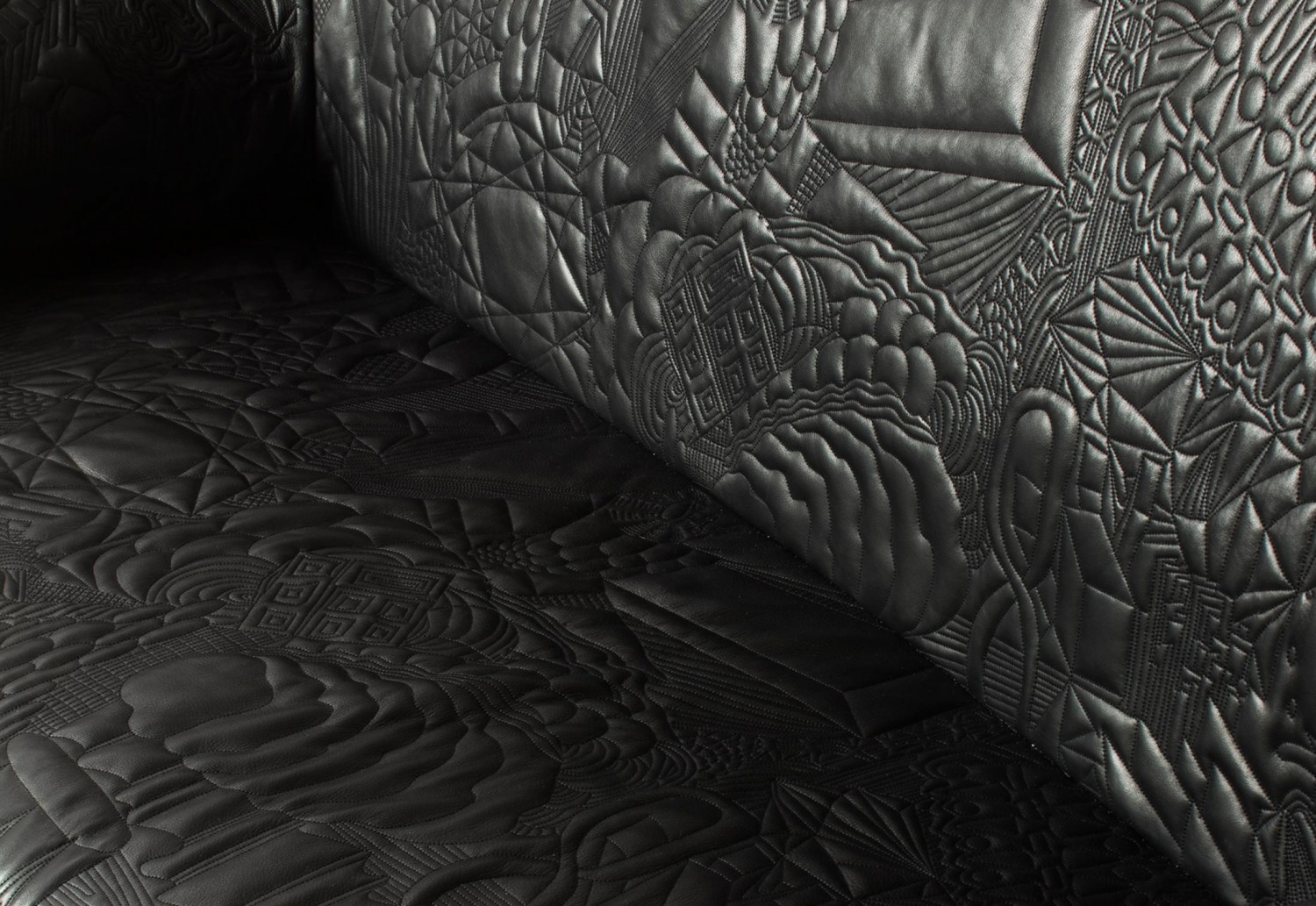
Italy based architects Francesco Di Gregorio and Karin Matz have re-designed a traditional farmhouse located on Föhr, a small German island in the North Sea.
“Often you only realize after what it is that you have done; we returned in the summer and we realize what we had build. A stranded ship.”
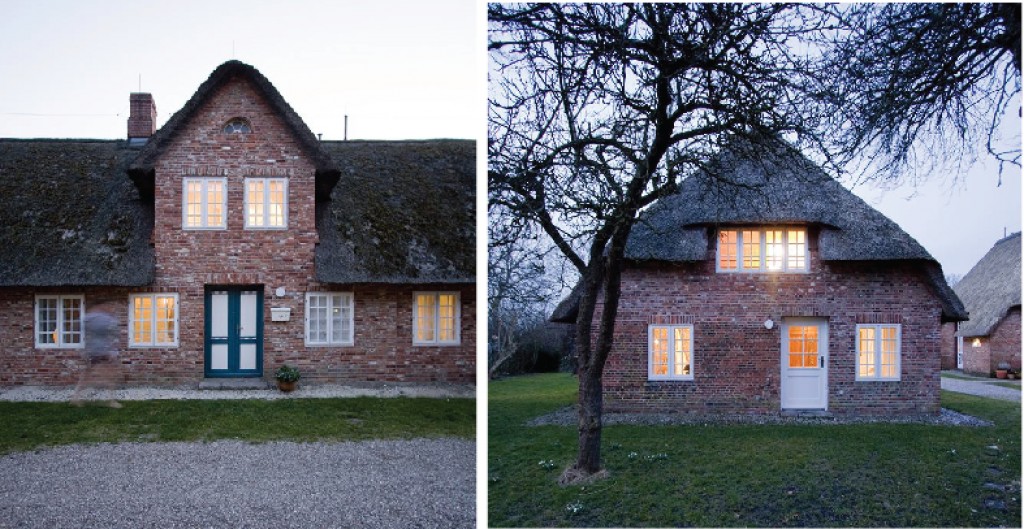
In the village of Alkersum, inside a former hay storage of a traditional farmhouse, we redefine the whole space with a wood structure covered by 3.200 tiles, each with a hand-made circular hole, 500 mt of polypropylene blue rope and treated pine wood.
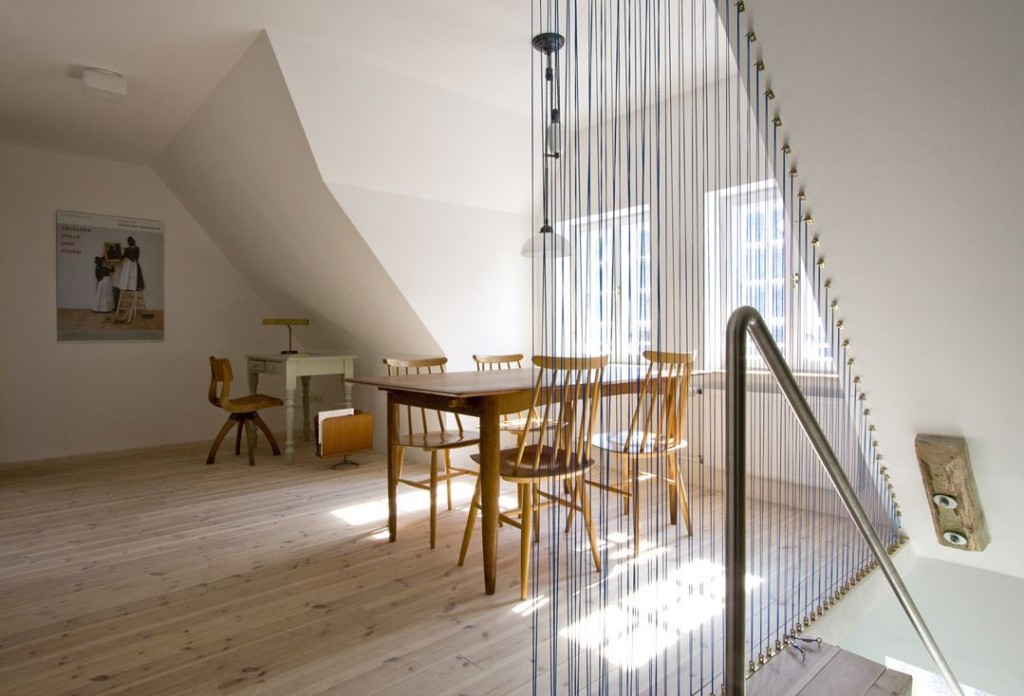

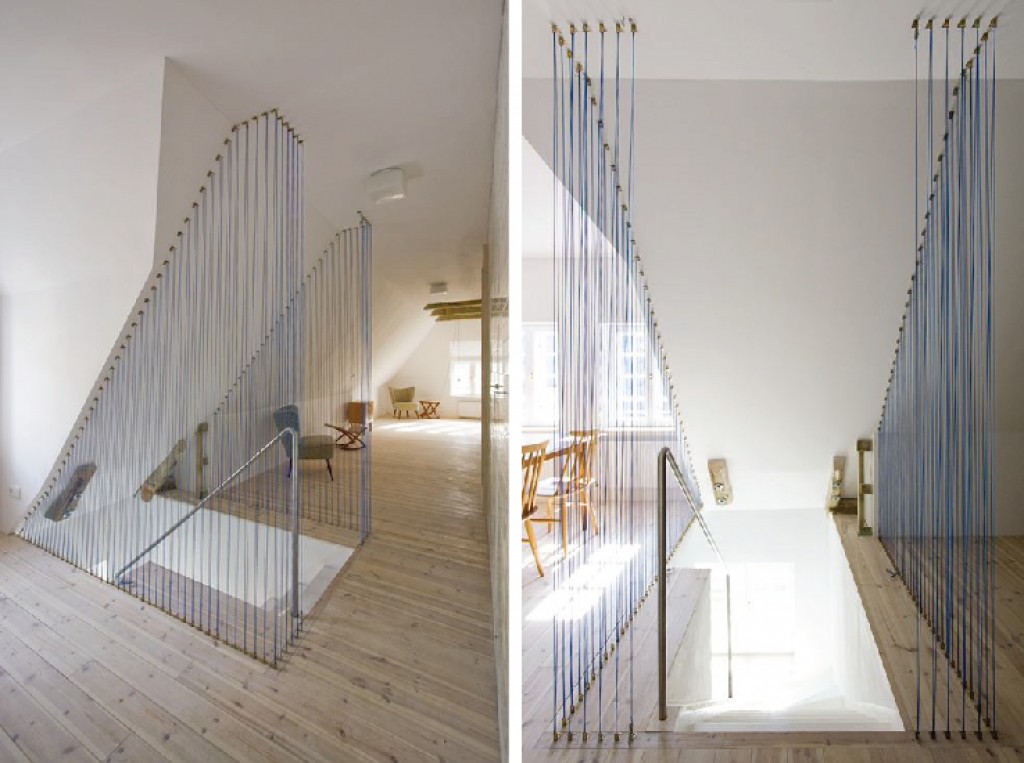
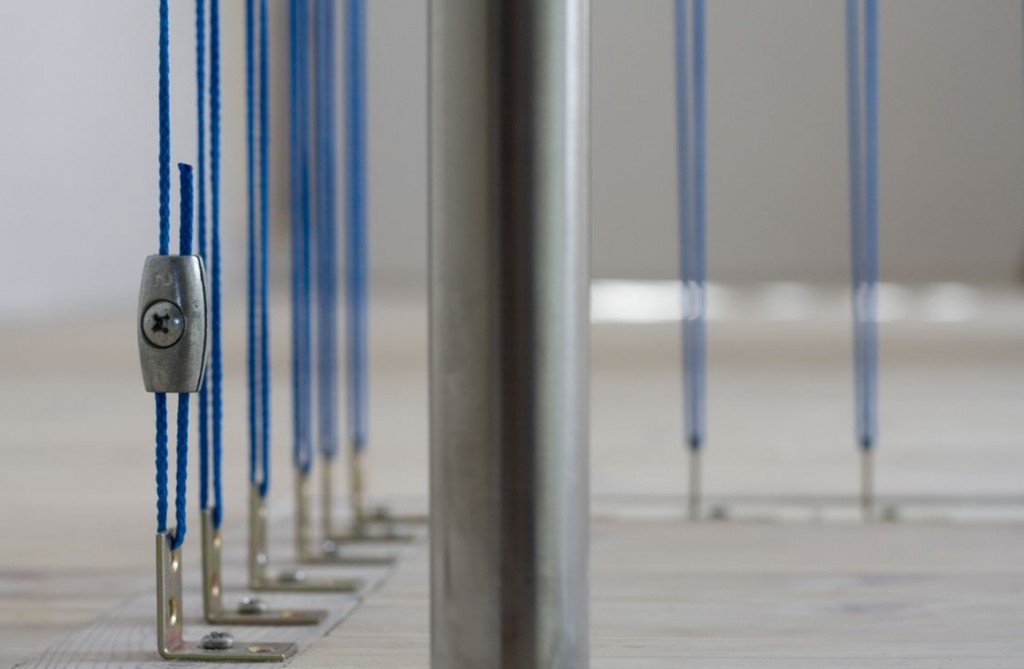
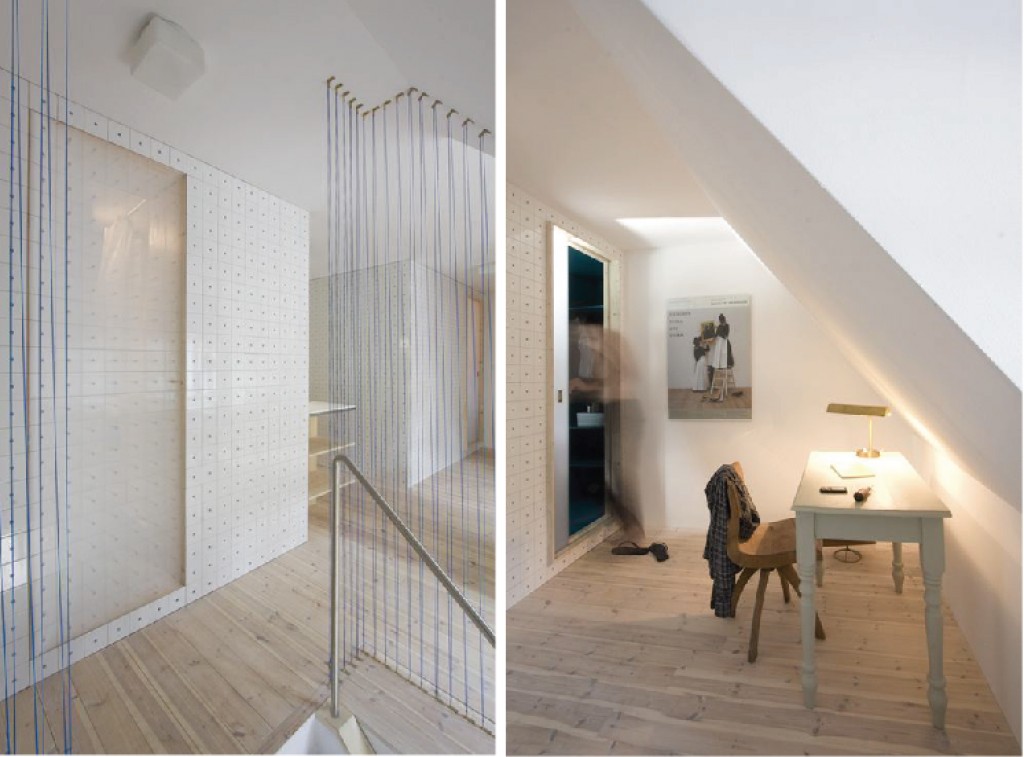
Due to its geographical location, Föhr is very much in the hands of natural forces. The area has a big tide. When the water is low you walk over to other islands. It is a flat island where 60 % of the island is under sea level. To protect the island man made grass-walls surrounds half of the island. Still, every autumn when the big storm-floods arrive, the island go on alert. 1634 an enormous flood erased most of the houses on the island and reshaped the map.
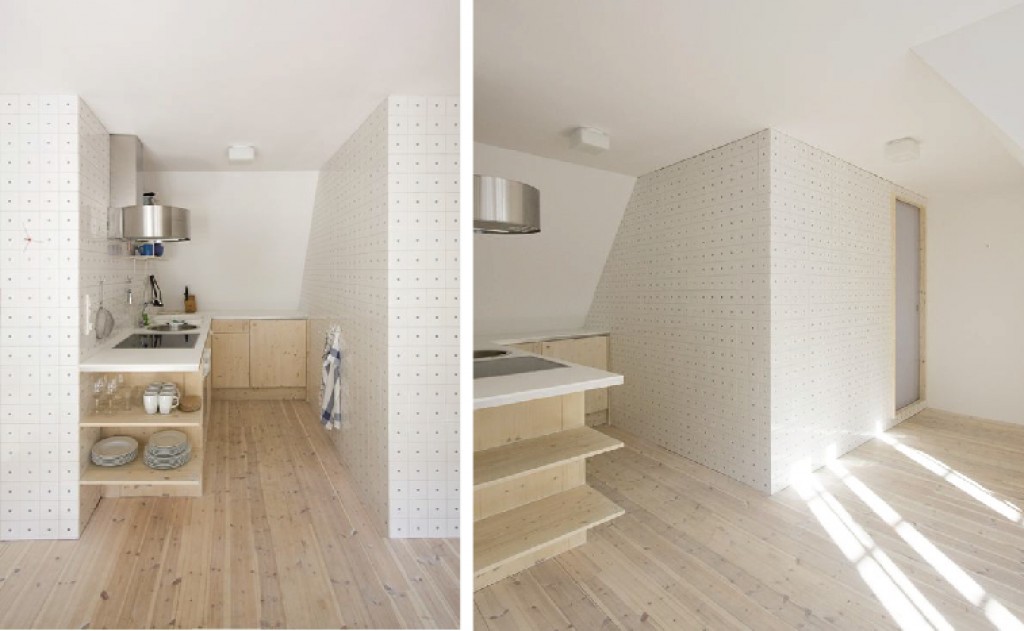
It is a though climate for permanent inhabitants; at the same time the island changes completely in the summer months when the population raise from 8500 to 40 000 due to tourism. Föhr is an island belonging to Germany but first and foremost to Nordfriesland. The Friesians have their own language and culture. In the 17th century a school of navigation was founded on Föhr and many people became sea captains sailing on Asia and North America.
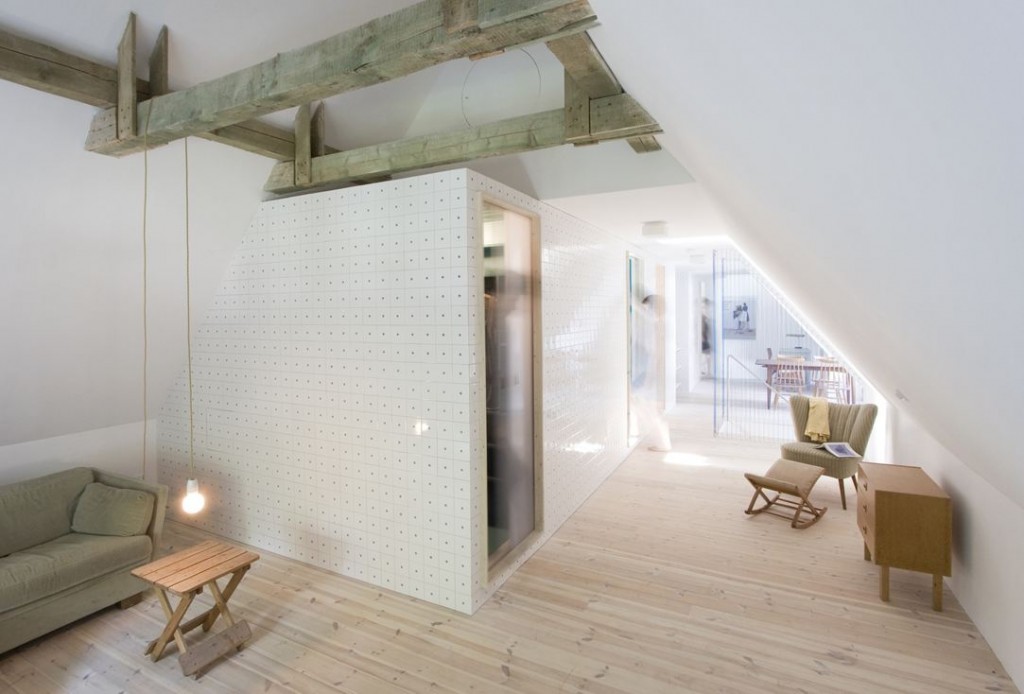
Sailing on other countries brought back the tradition of ceramics and tiles from Asia. Being rich was to have as many painted Friesian tiles as possible on your dining room walls. Wood used inside was painted in Friesian colors, which are different nuances of blue-green. Beds were traditionally in bed-boxes. Houses were always in brick with thatched roofs. The rooms were small, dark and all the same size.
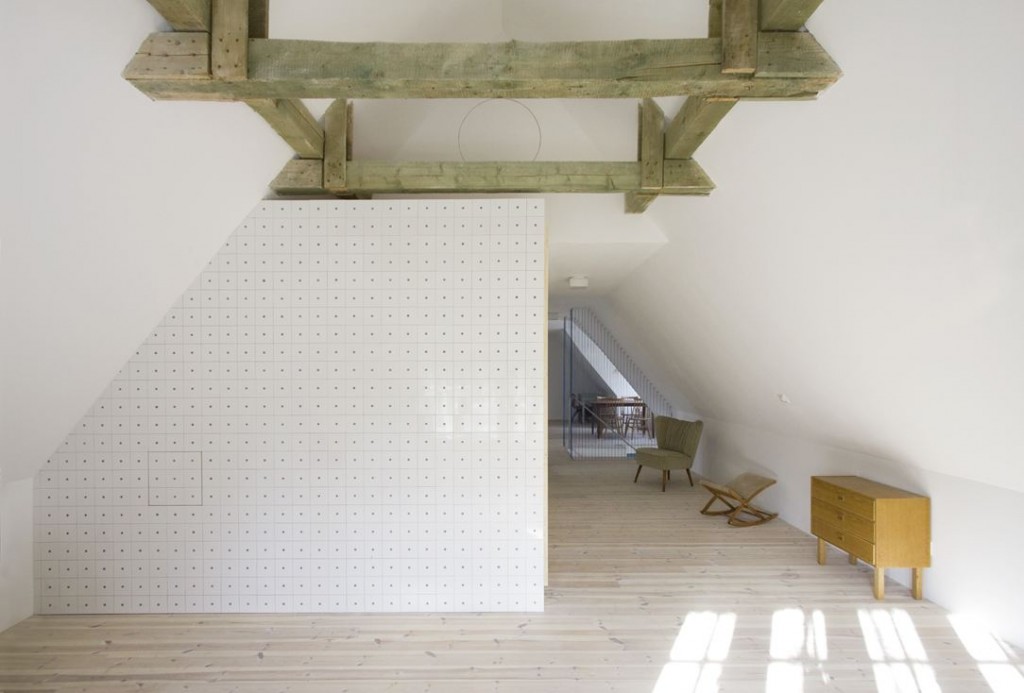

The space as been re-opened by taking down all dividing walls except for the ones surrounding the bathroom. Two new volume are added, they are covered in white ceramic tile with a simple pattern given by the blue cement holding them. Light is brought through the reflective ceramics and the translucent doors. Threads frame the staircase creating a transparent threshold. The bedrooms are dark bed-boxes, private like nests.
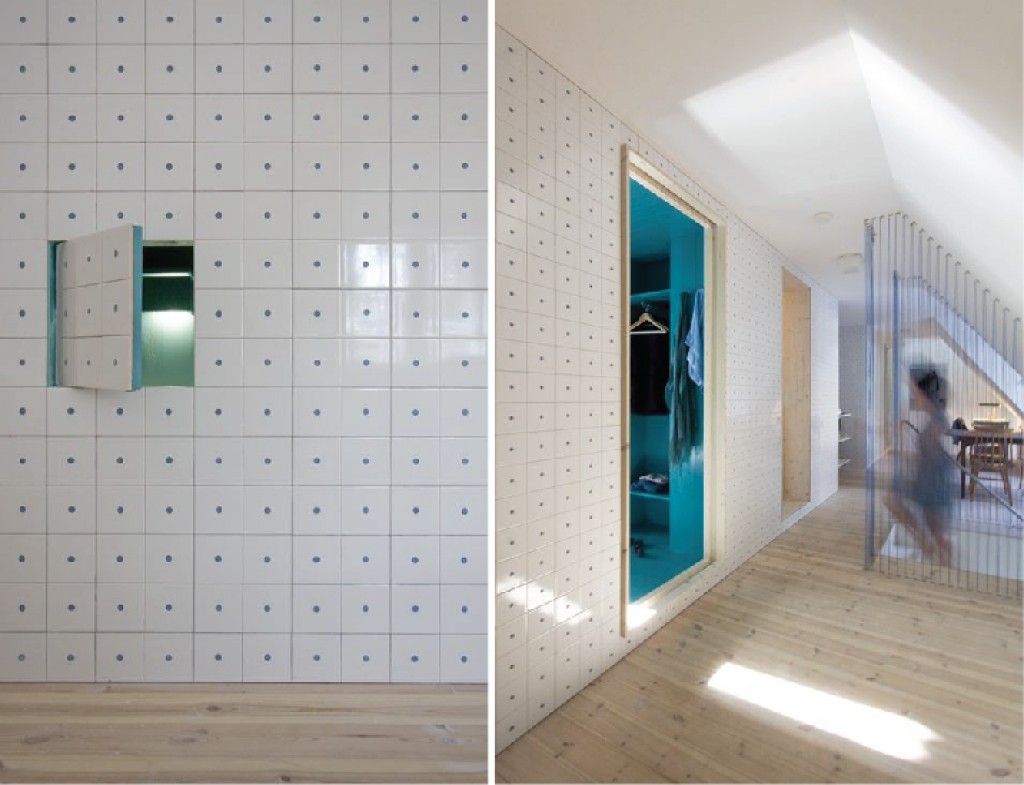
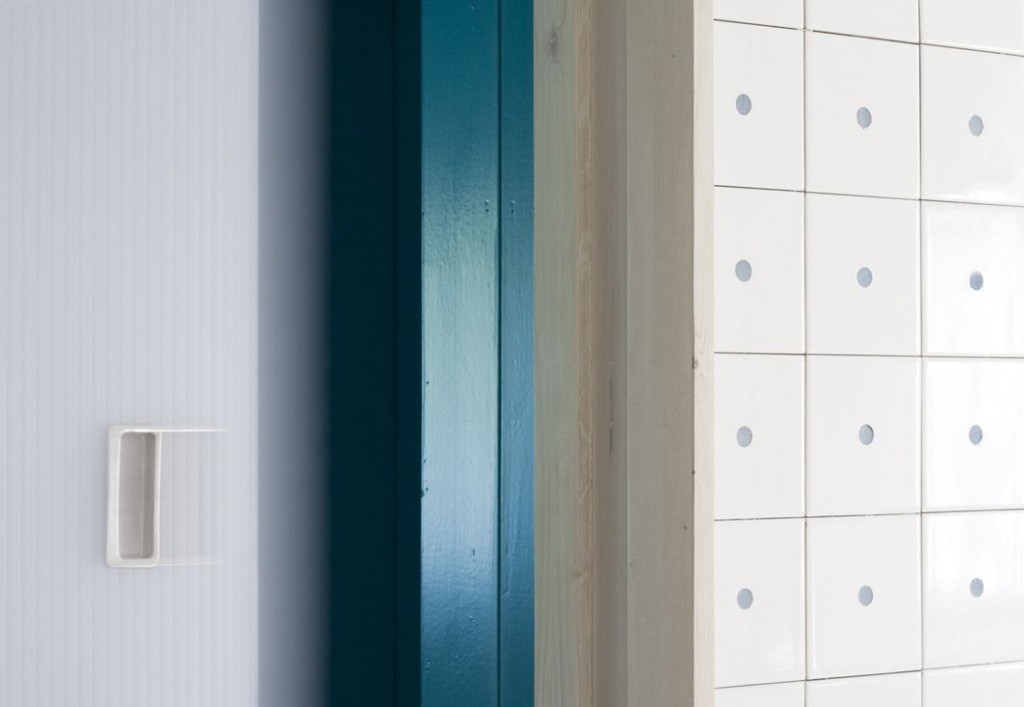

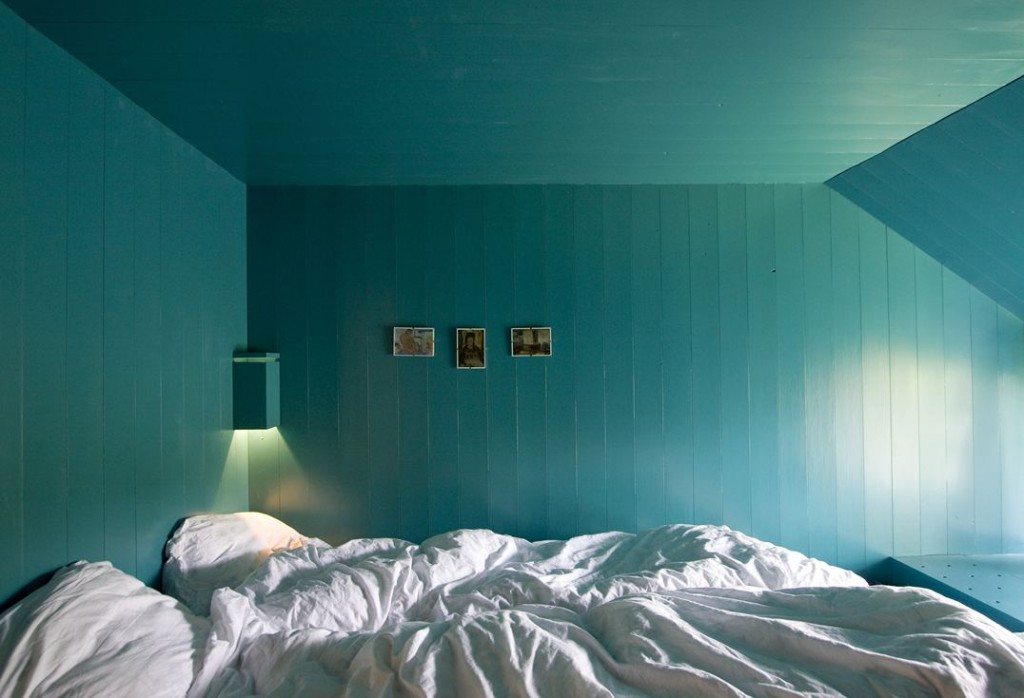
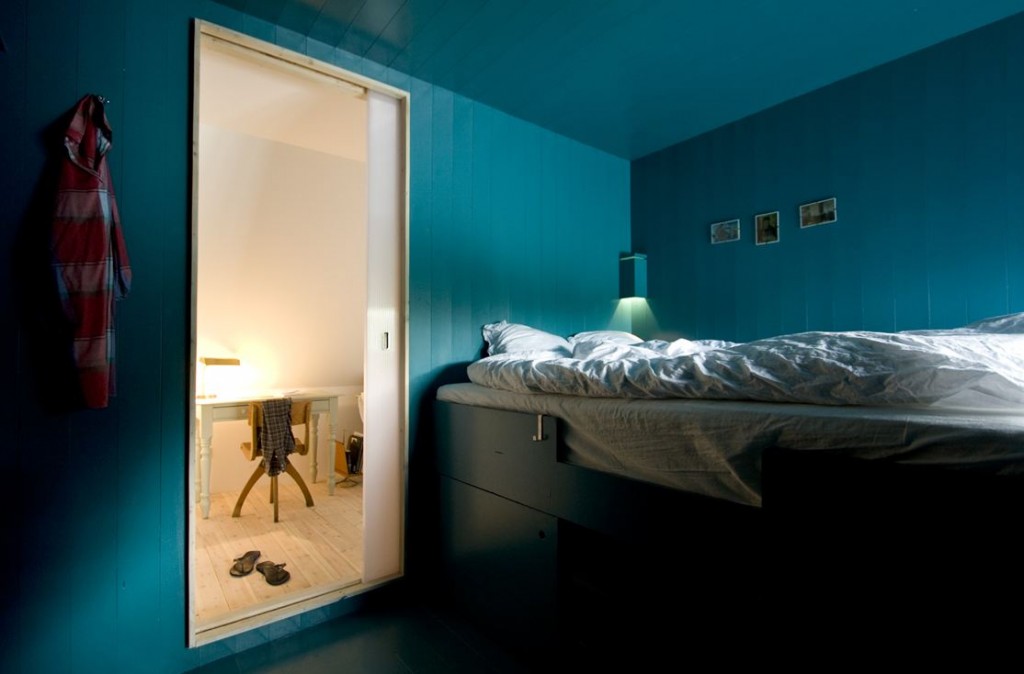
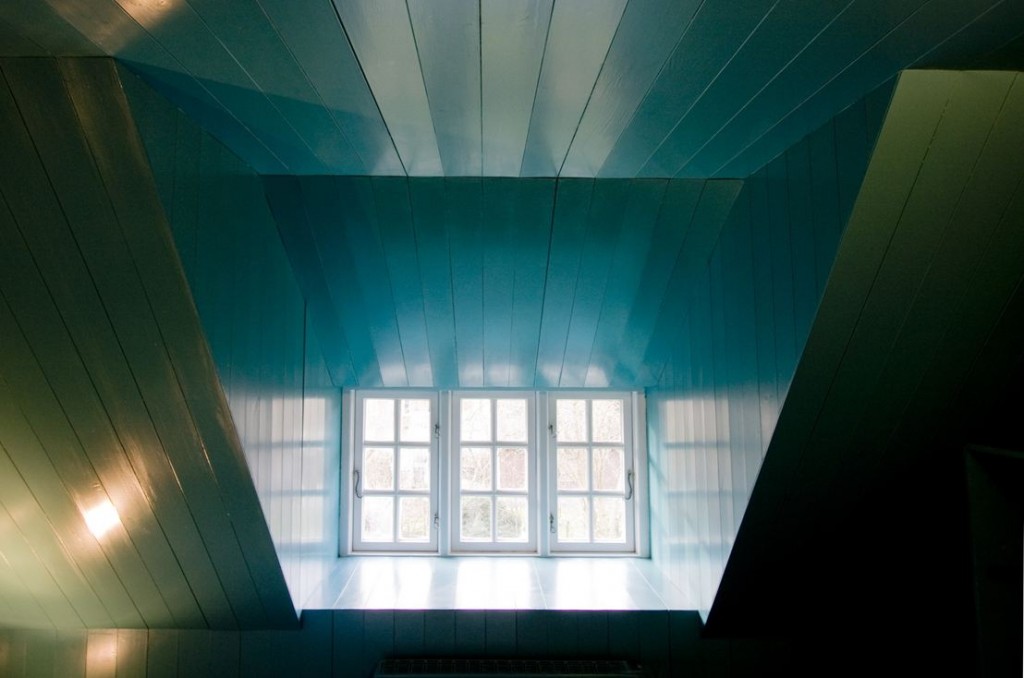
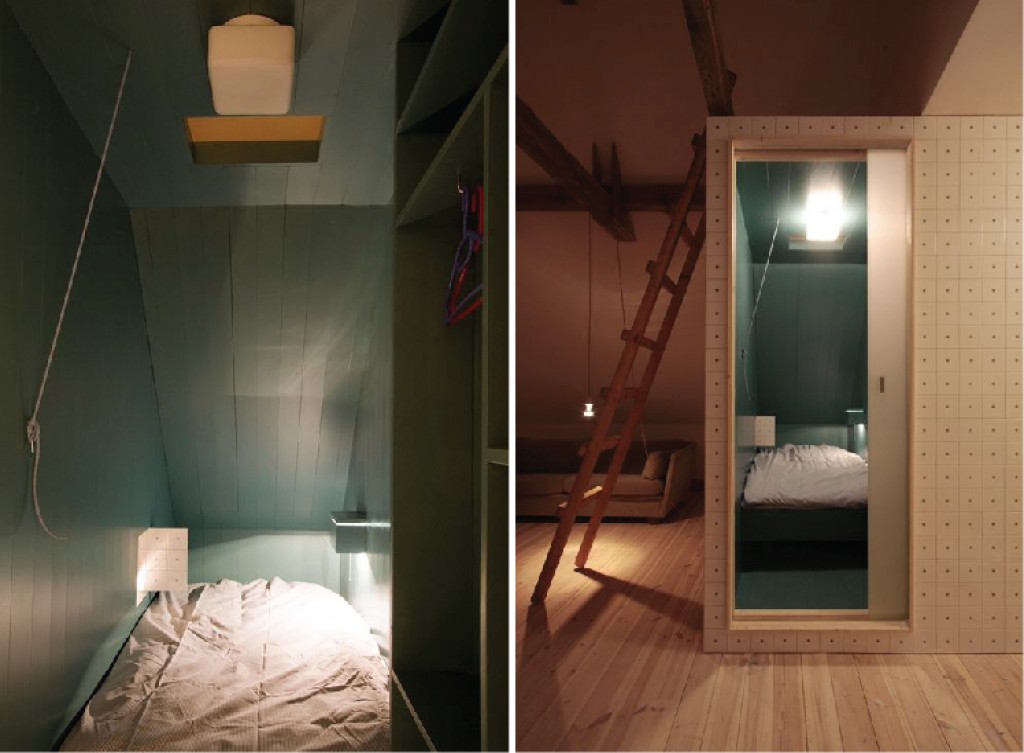
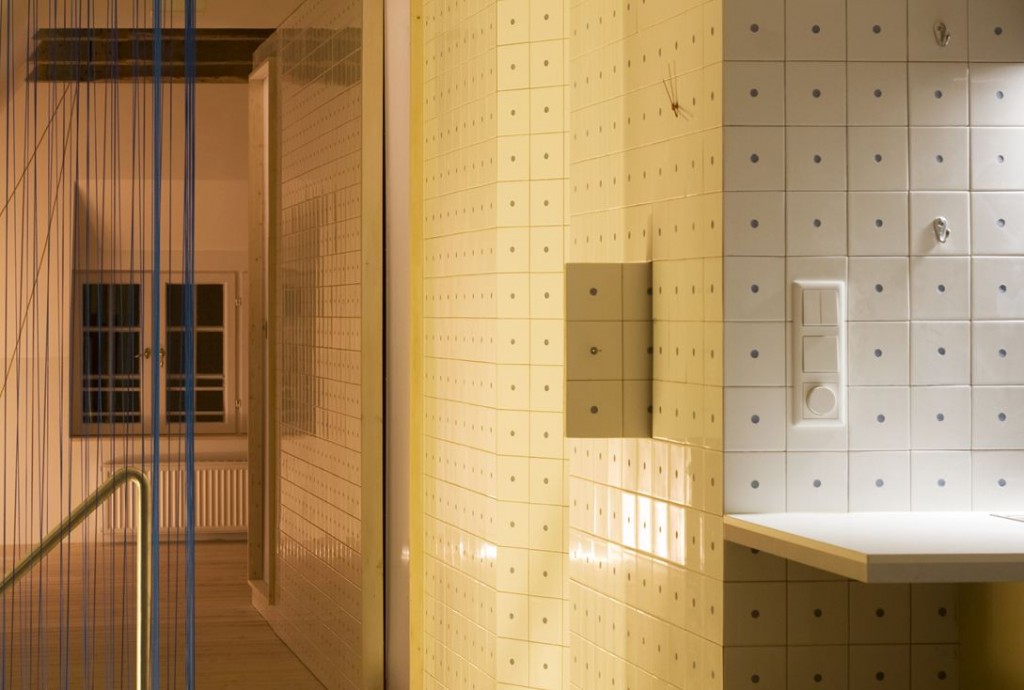
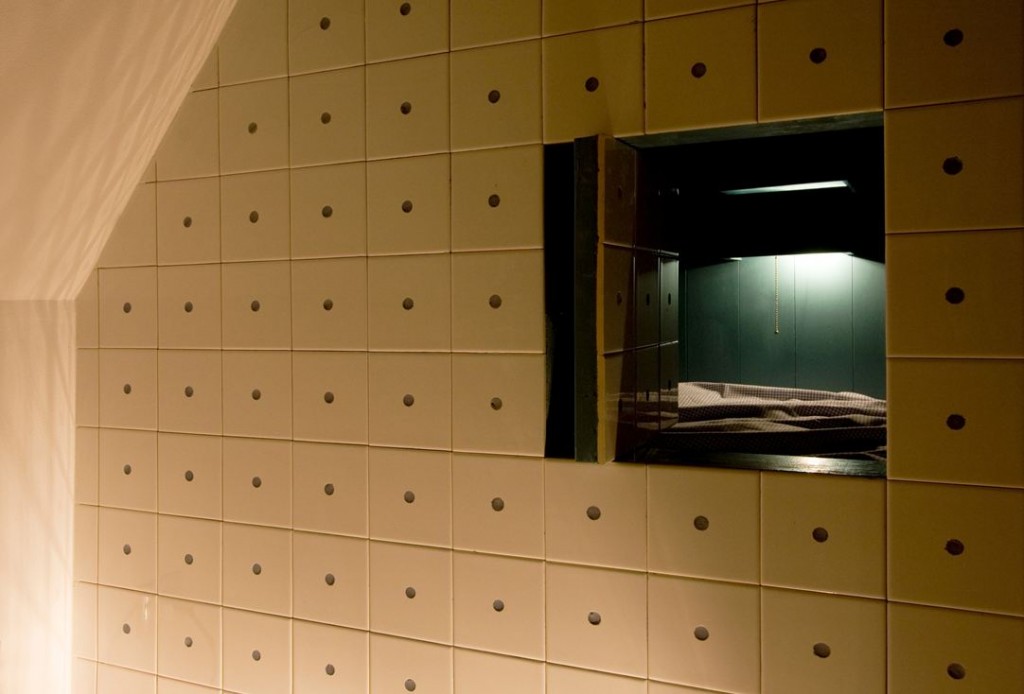
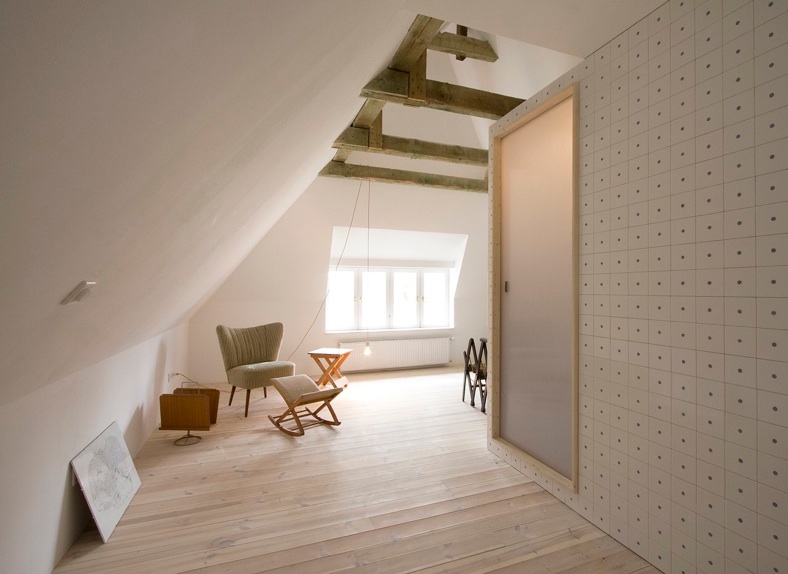
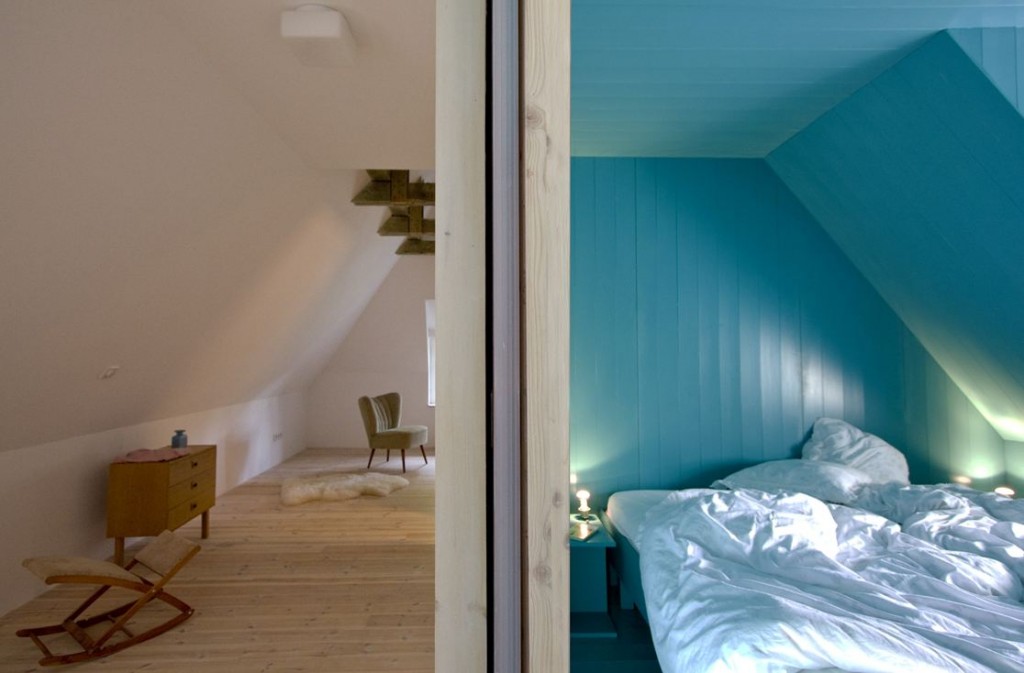
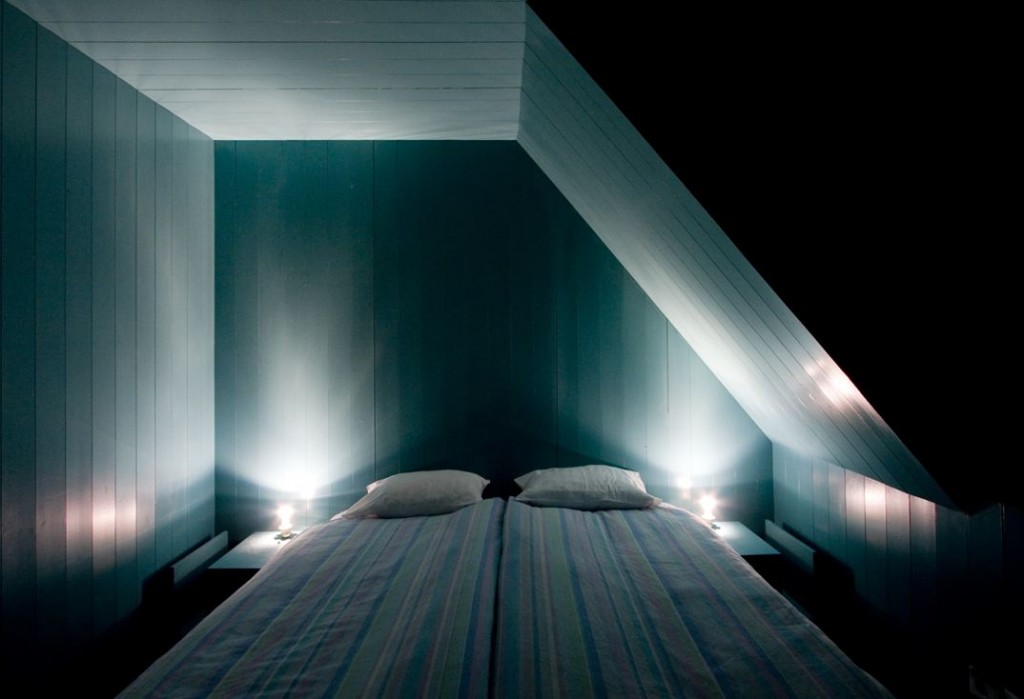
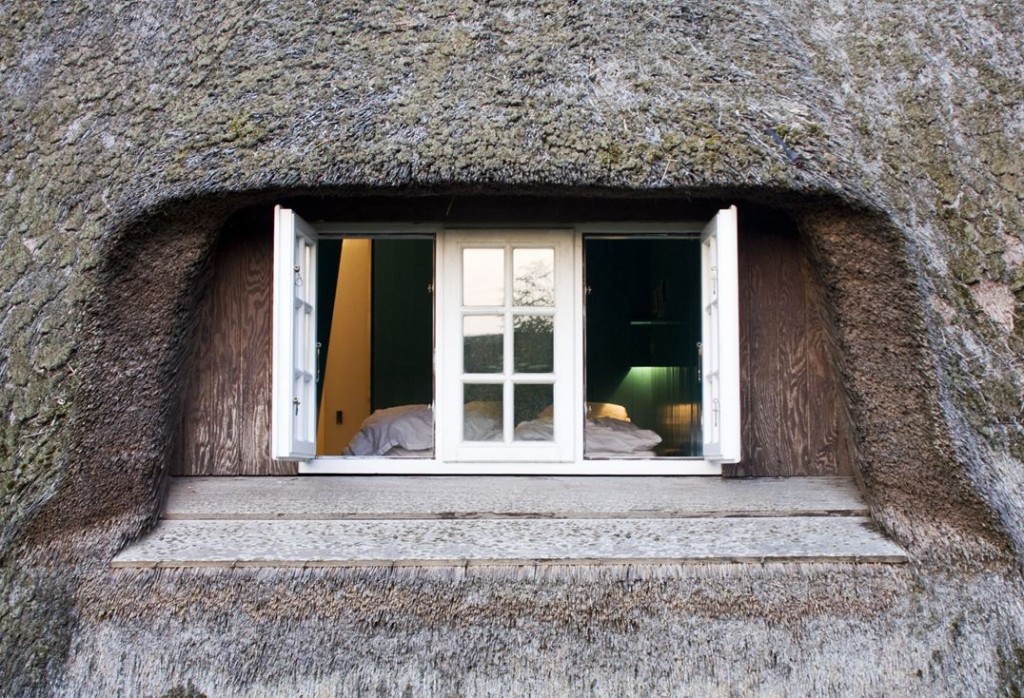
Photo © Francesco Di Gregorio


